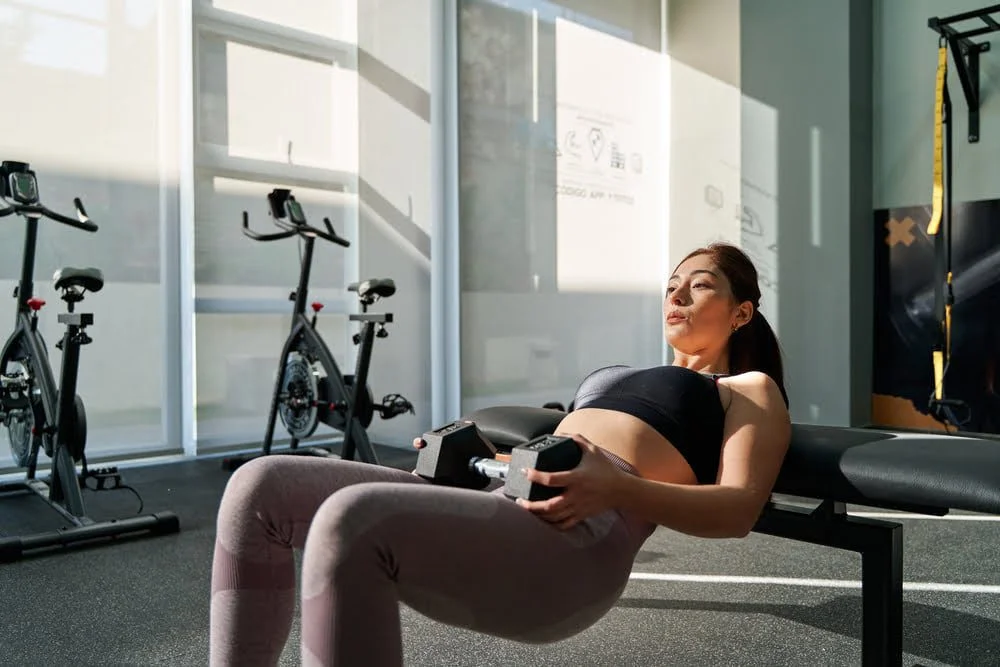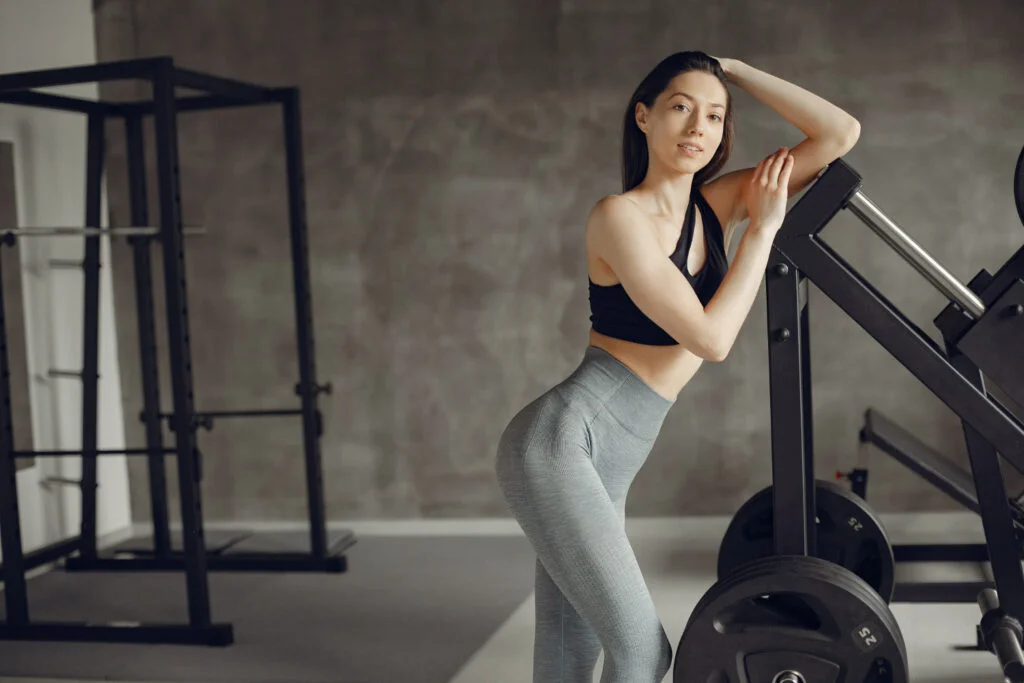The goblet squat is a variant of the squat that is practiced mainly by those who do not enjoy the conventional squat and yet want to achieve a similar stimulus with free weight for the lower body.
Goblet squat: who is it for?
The first thing we need to know is that there are four types of people in particular for whom the goblet squat can be aimed:
- People unable to perform a front squat with a barbell (due to lack of knowledge of the technique, discomfort) who seek to activate the knee extensors (mainly quadriceps) more than the hip extensors, as is achieved in a front squat.
- People who do not have a bar and a cage to safely perform squats, who nevertheless want to practice some variation of the squat.
- People who suffer back problems when carrying a bar but not when carrying a dumbbell.
- People who have just started in the gym and are using the goblet squat as a progression to learn the back or front squat technique safely.
Do you need to fall into any of these categories to practice the goblet squat? No, far from it, although in general it is much more difficult to progress in this variation than in barbell squats, and therefore in most cases if you do not fall into this category it will make more sense for you to use a barbell.
Goblet squat: how to do it correctly?
The truth is that it is quite easy to perform a goblet squat correctly. The difficult thing is to progress in the displaced load , since the increase in weight is very noticeable because the shoulder carries it largely and usually this is the limiting factor, and not the extensor strength of the ankle, knee and hip.
To do it, we will take a kettlebell or dumbbell, resting the palm of our hand on it as much as possible to give it a good base on which to remain stable.
In no case will we seek to hyperextend the wrist to support a larger surface area, because this can lead to long-term discomfort.
We will bring the chosen resistance as close to our chest as possible , to avoid lengthening our arm for the moment and that in this way the quadratus lumborum suffers as little as possible and the knee extensors are activated as much as possible.
We should have our feet a little wider than the width of our shoulders so that we can perform the movement with depth. The tips of our feet will point slightly outwards.
Goblet squat: the best option for the glutes?
Keep in mind that to achieve the greatest activation of the gluteus from this exercise you will have to perform the movement very deeply , and even in this way its activation will not be the same as what you can achieve with a hip thrust or with a bridge of gluteus.
If your intention with this exercise is to activate the gluteus, and your hip, knee or ankle mobility (the latter is the most common) is compromised, it will be really difficult for you to give the gluteus the stimulus it needs.
To activate the gluteus by doing squats, a more suitable option is the belt squat , which can also be performed as a sumo squat (with the feet wider than shoulder width).
In this case, instead of carrying a kettlebell or a dumbbell on our hands, we will stand on an elevated surface and fix the load on a weight belt .
In this way we will be able to achieve more depth, our upper body will no longer limit us, the back will not suffer, and the activation of the gluteus will be greater.
Bottom Line.
The goblet squat is a highly effective exercise for targeting the glutes and legs. By holding a weight close to your chest and squatting down, you engage multiple muscle groups and improve strength, stability, and mobility. Incorporating goblet squats into your workout routine can help you achieve better overall lower body strength and sculpted glutes.

 Workout
Workout
 Meditation
Meditation




 Contact Us
Contact Us















